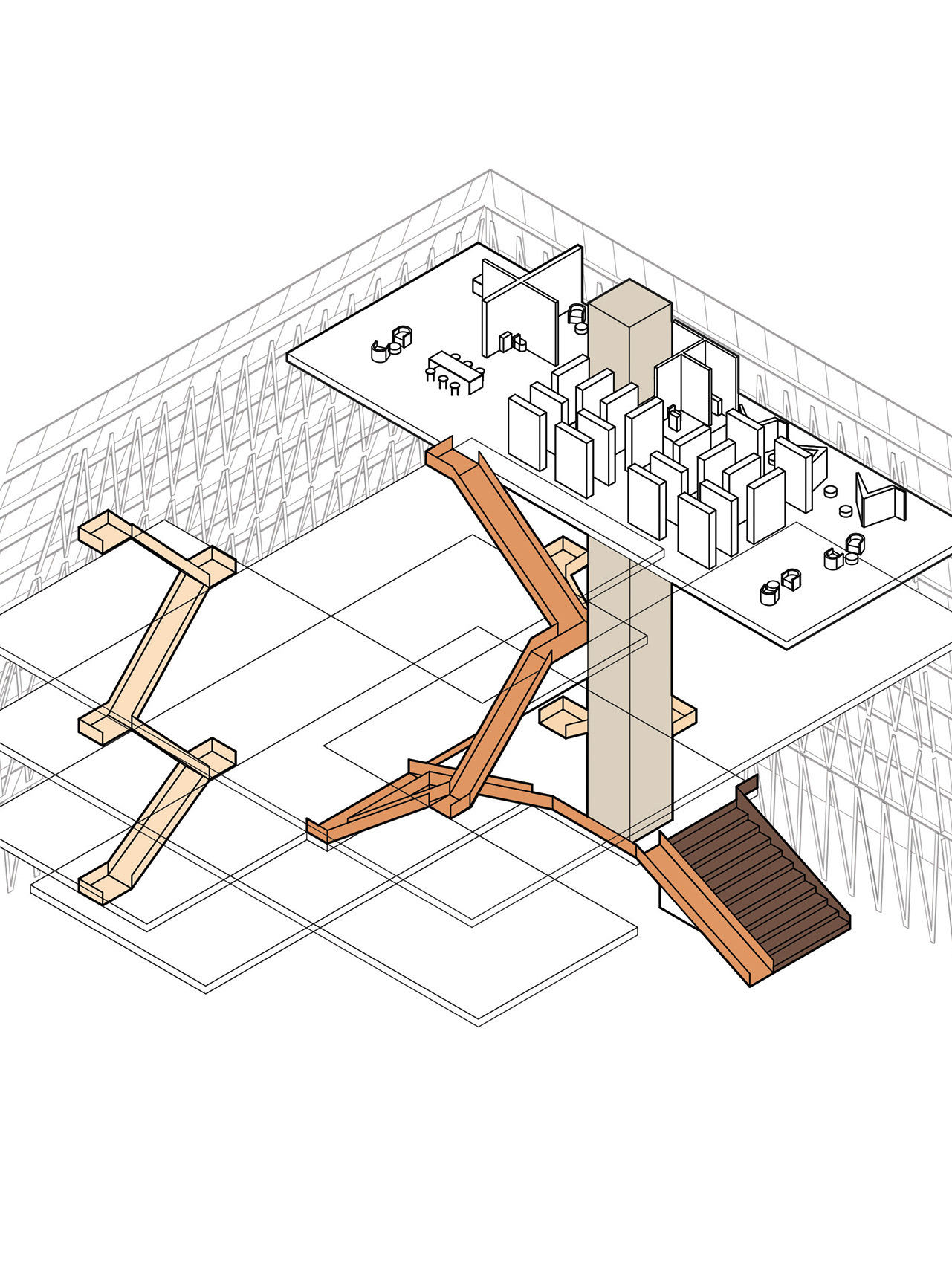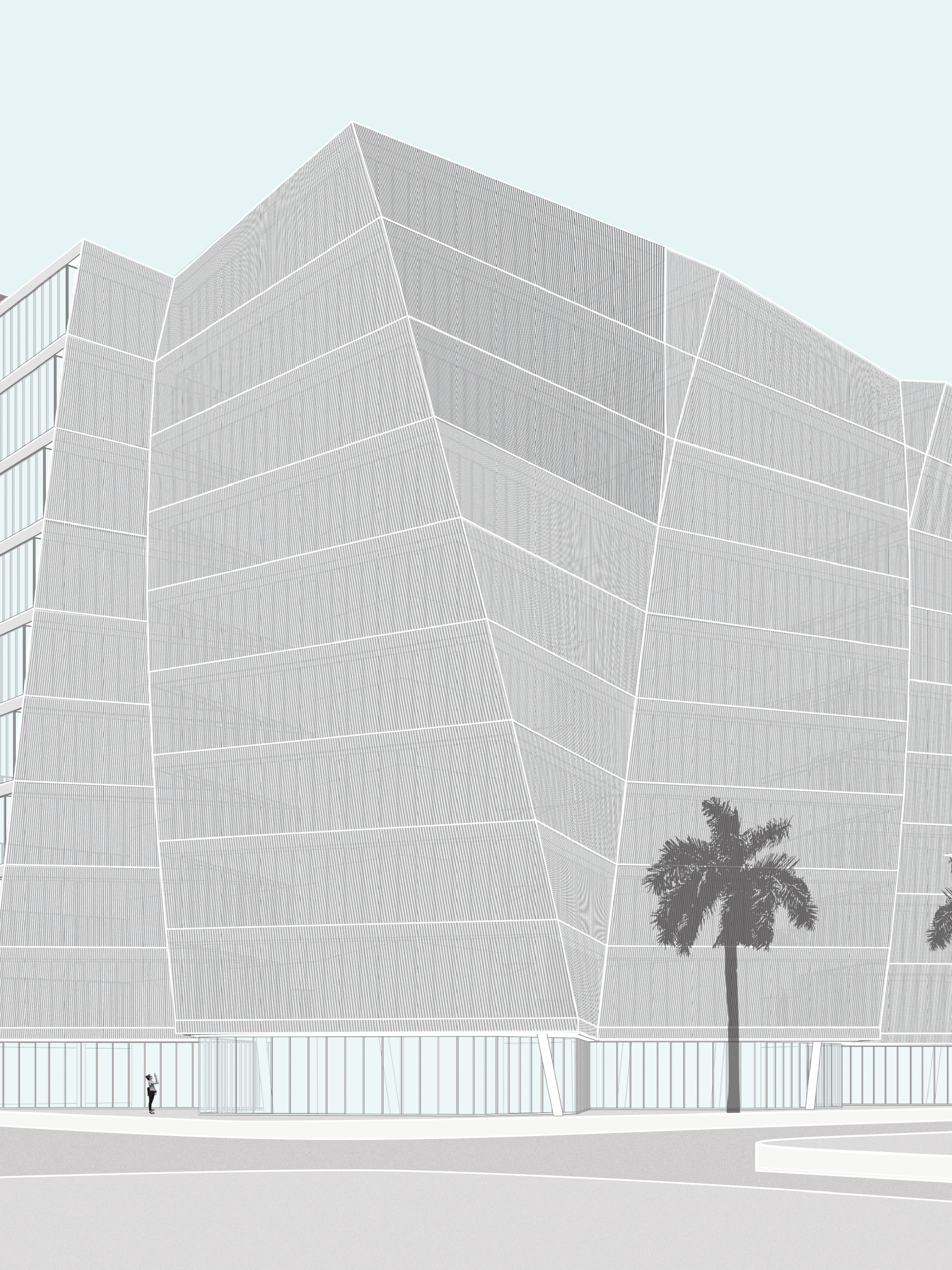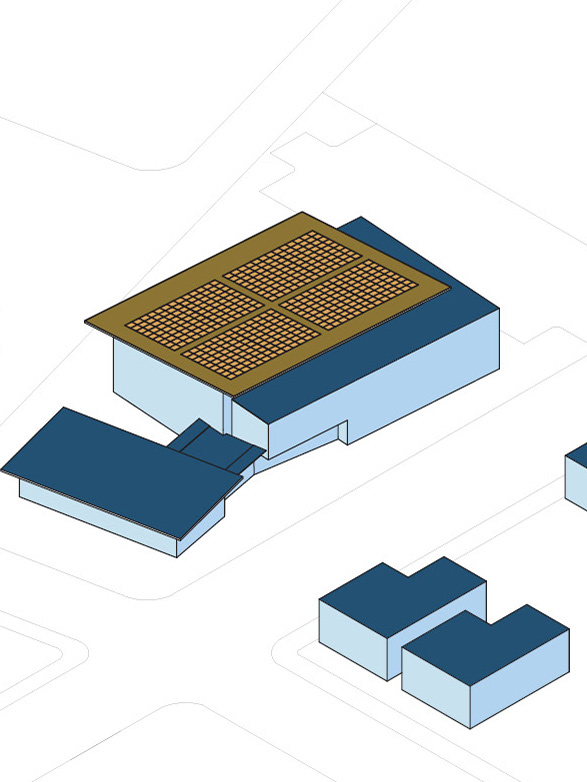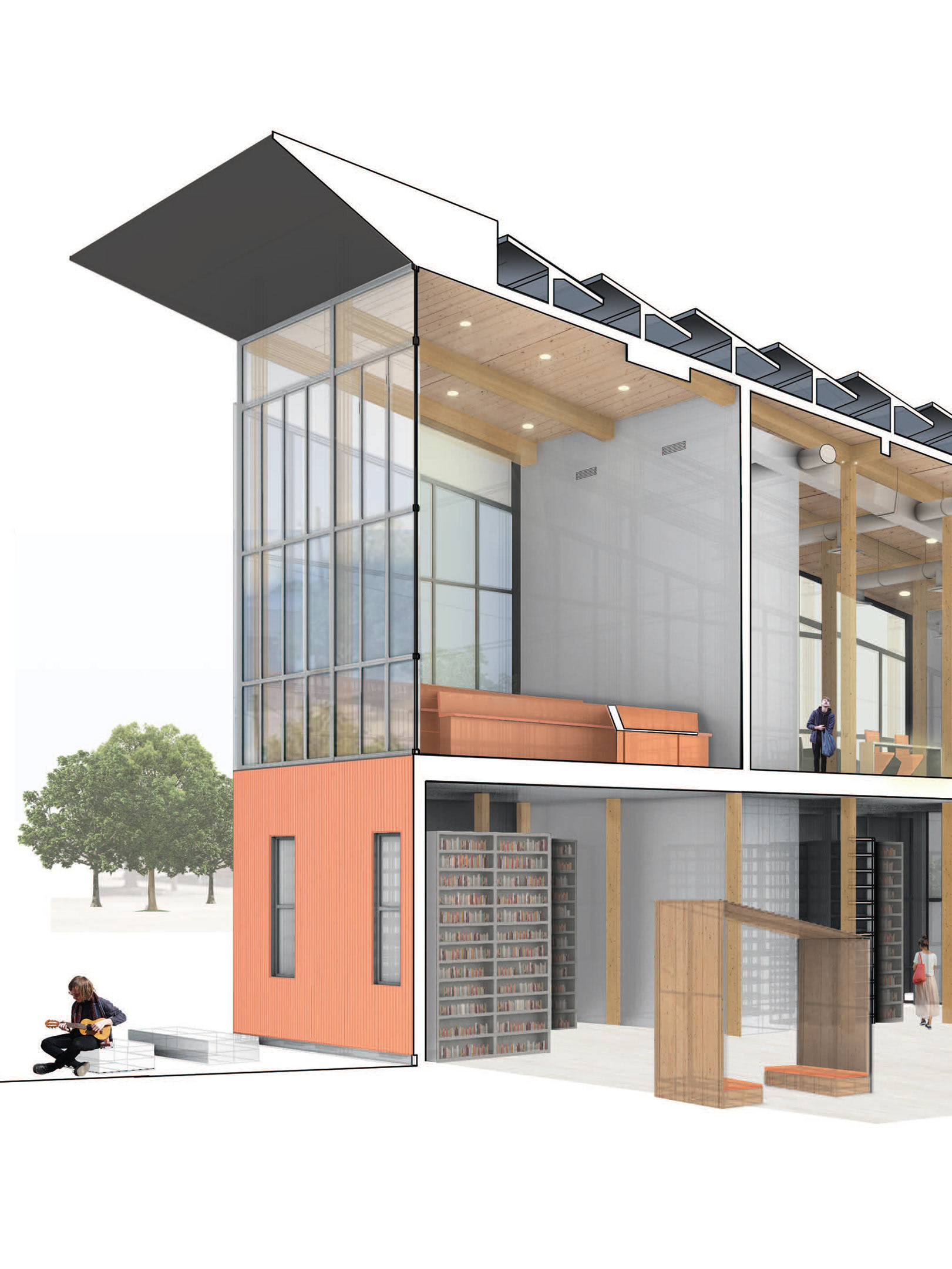Hurricanes impact individuals and communities on many levels - emotional, physical, mental, financial - to name a few. Every time a hurricane occurs, lives are drastically altered forever. One of the ways that hurricanes impact individuals and communities most powerfully is through the effect that they have on housing. Unleashing uncontrollable damage to infrastructure and the built environment, hurricanes exacerbate housing problems that exist and create new ones where they did not exist before. Hurricane Michael, which catastrophically impacted the Florida Panhandle in 2018, is a case study in which the impact that hurricanes have on housing is prevalent.
By drawing connections from a series of questionnaires answered by local individuals and previously recorded interviews, this exploration presents observations about the impact that Hurricane Michael had on communities in North Florida and how its impact is still being felt today. Many individuals feel that they have been forgotten by federal governments and the national media while their communities still try to recover and housing shortages remain a problem. Through a series of posters illustrating the human experience during and after Hurricane Michael, this exploration seeks to ensure that communities affected by Hurricane Michael are not forgotten. Research is also presented discussing the impact of Hurricane Michael on housing in North Florida, as well as suggestions of solutions to the problem and next steps. The goal in shining a light on the observations made by residents through posters is to incite conversations about the devastation (to property, infrastructure, emotion, and health, both mental and physical) that hurricanes bring to communities like those impacted by Hurricane Michael. This exercise is just the beginning of a lifelong effort that seeks to solve the wicked post-disaster housing problem.

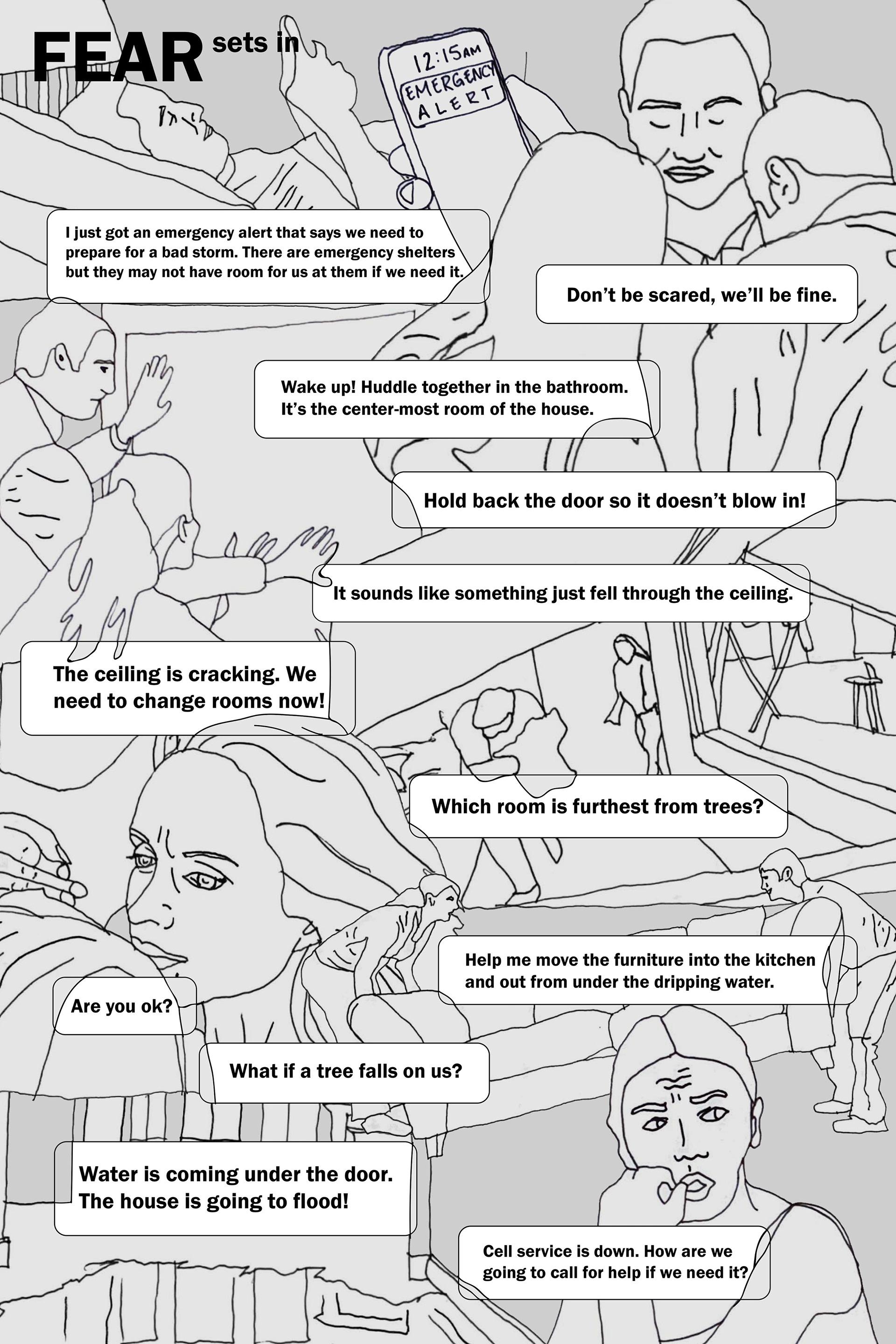
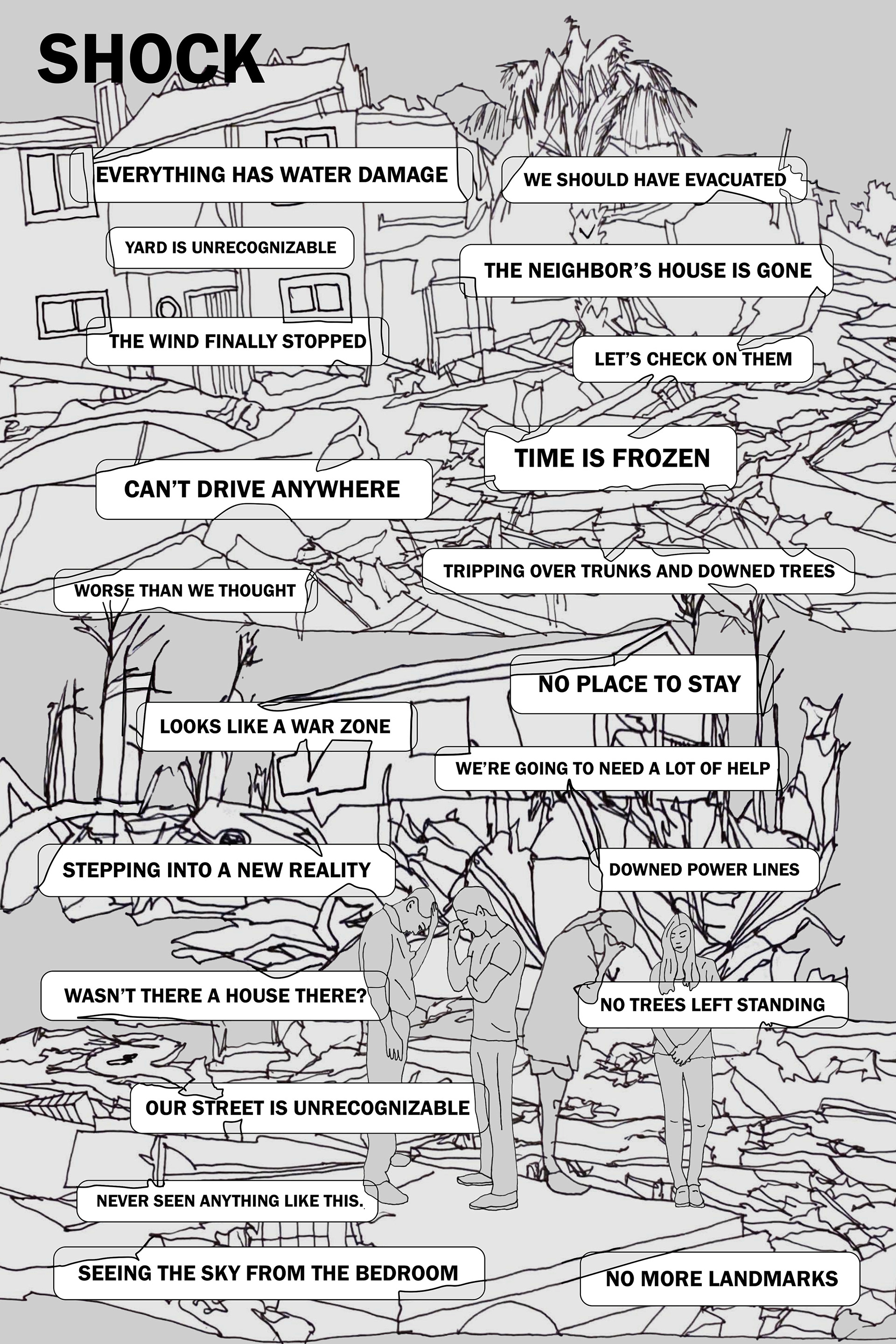
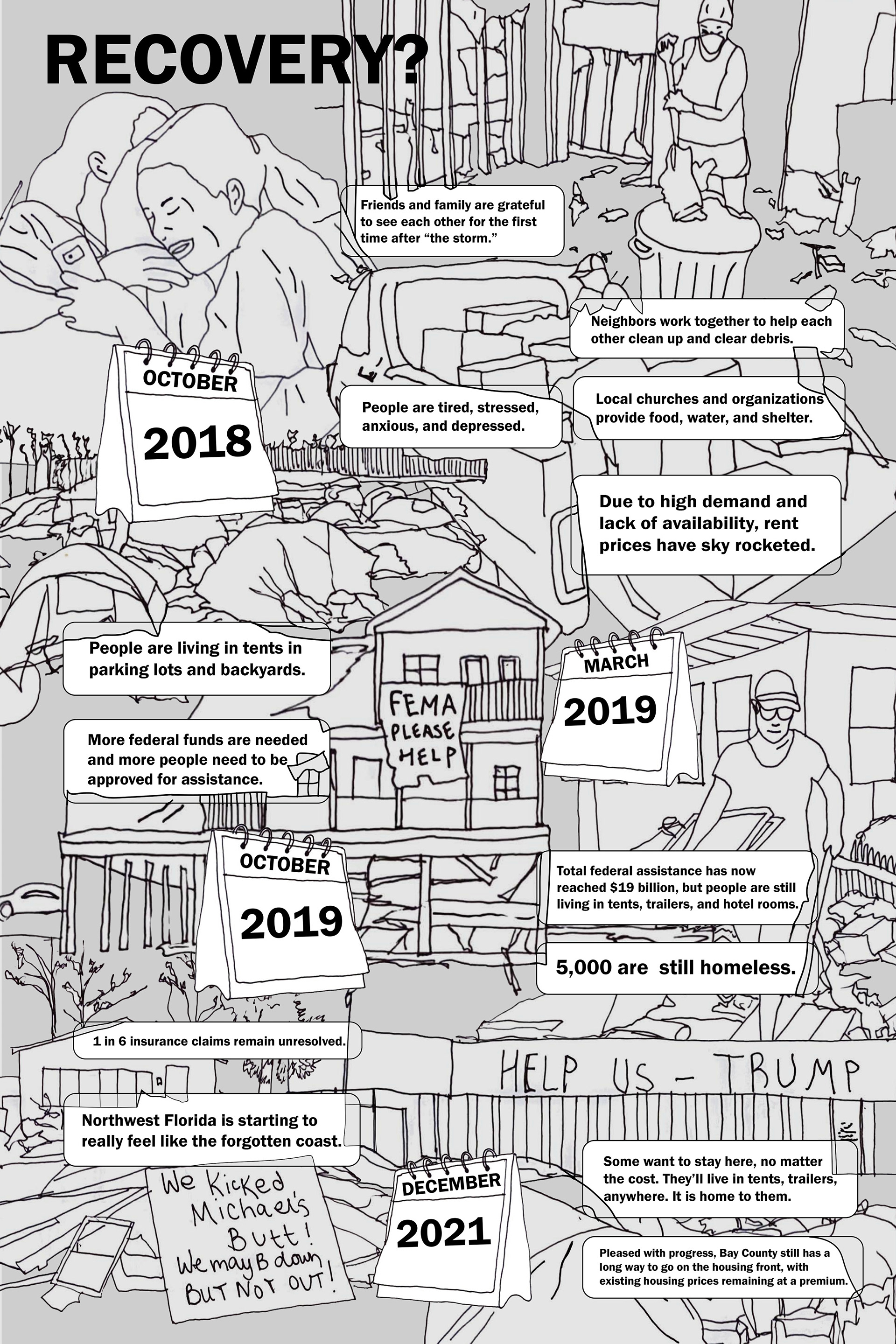

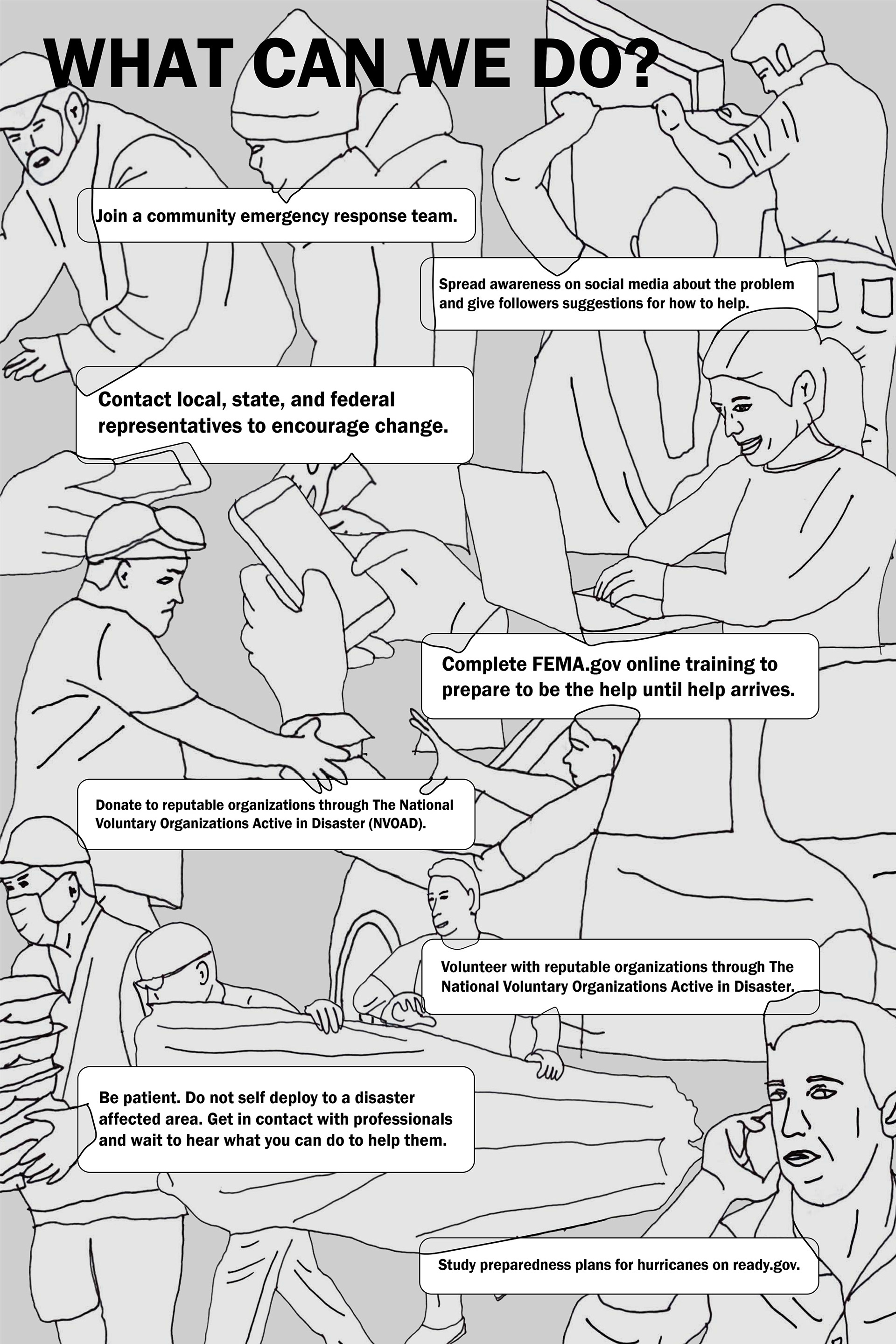
To see the entire project and learn more about Hurricanes and Housing, please visit hurricanes-and-housing.squarespace.com.
